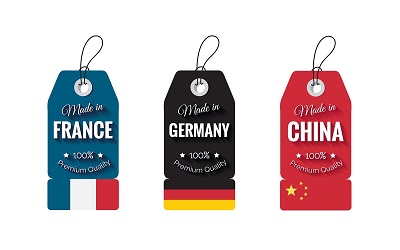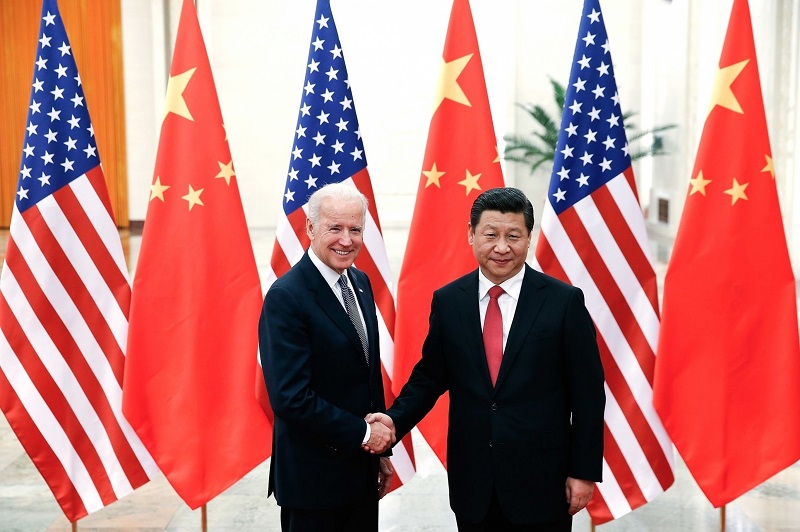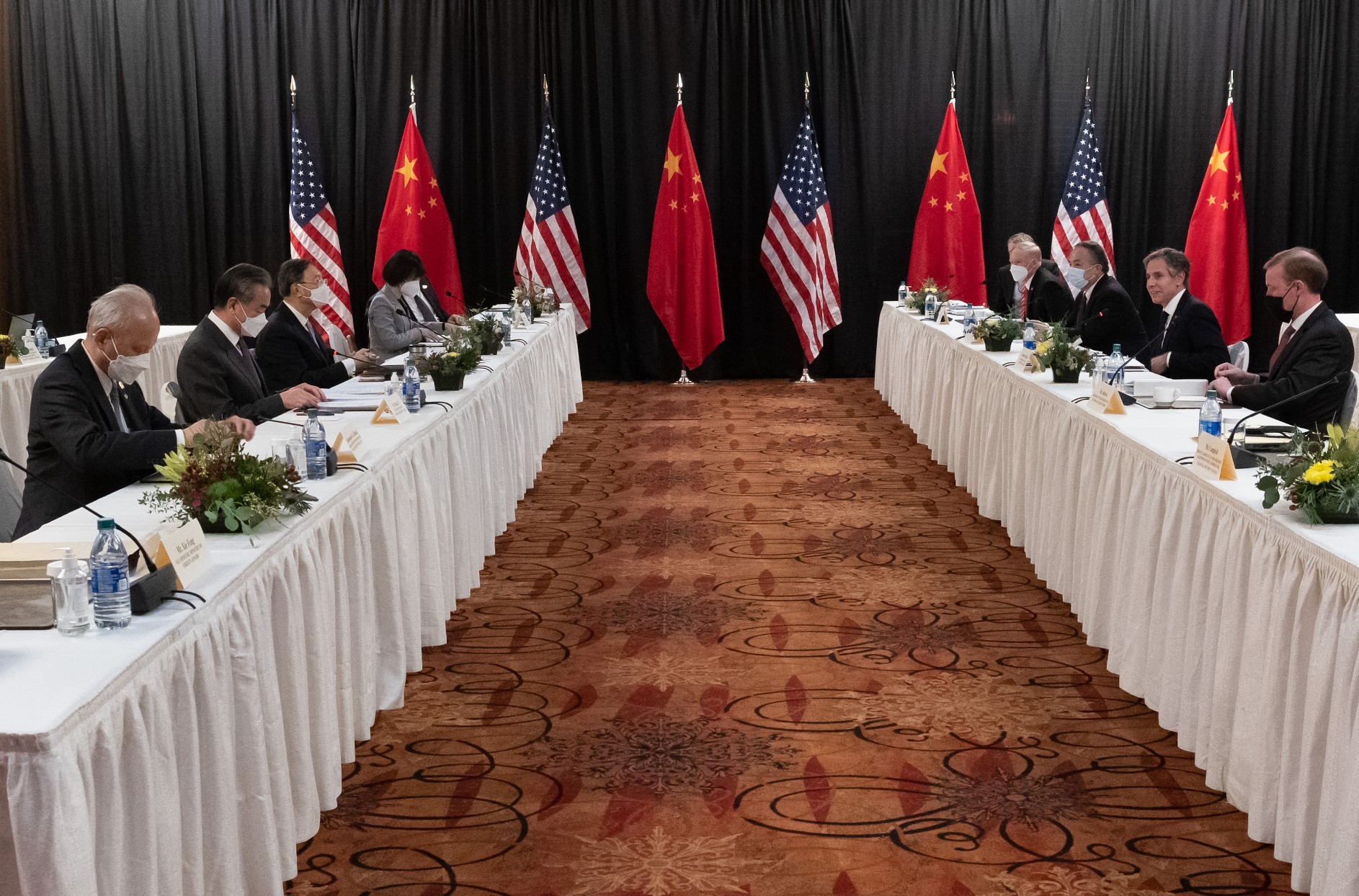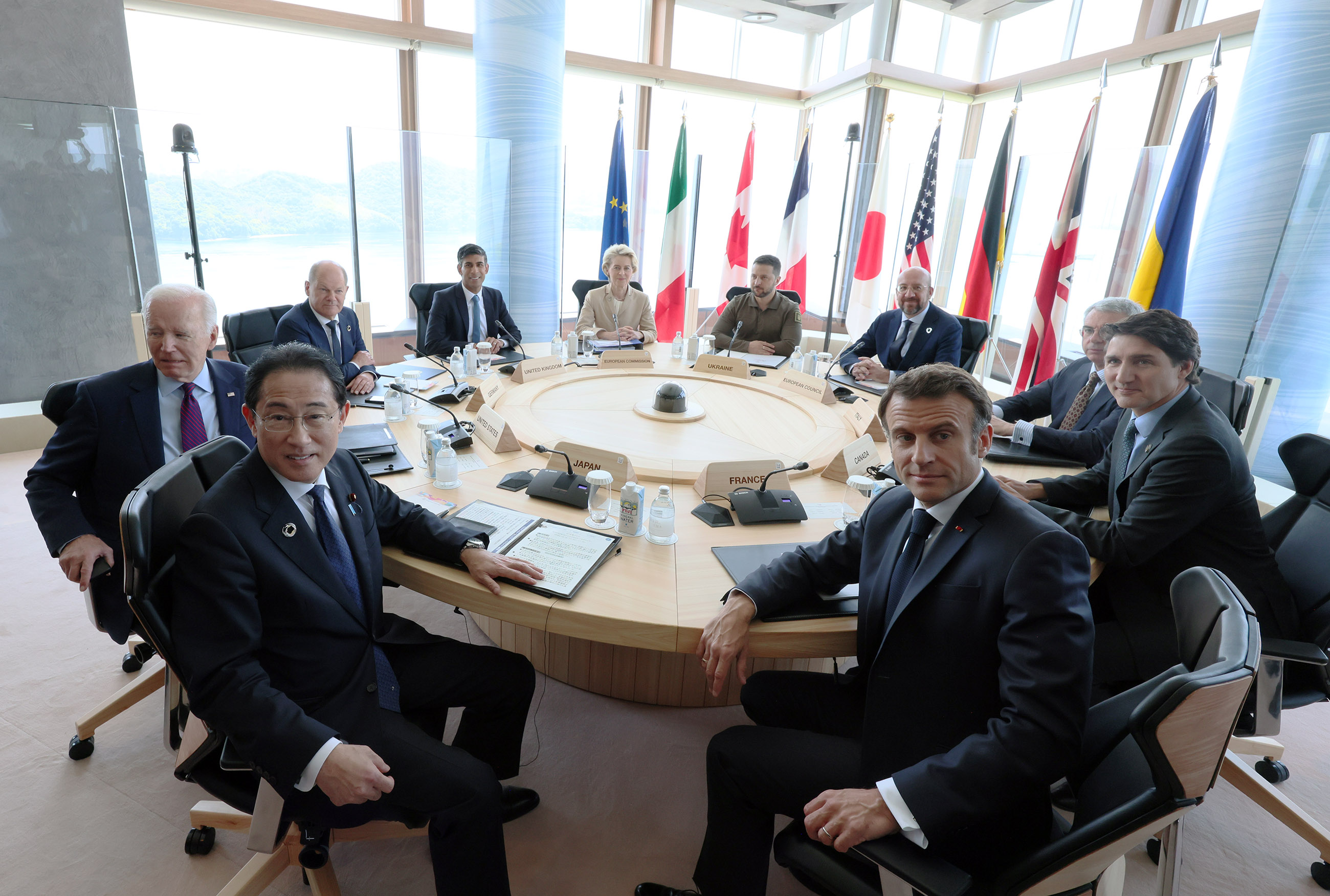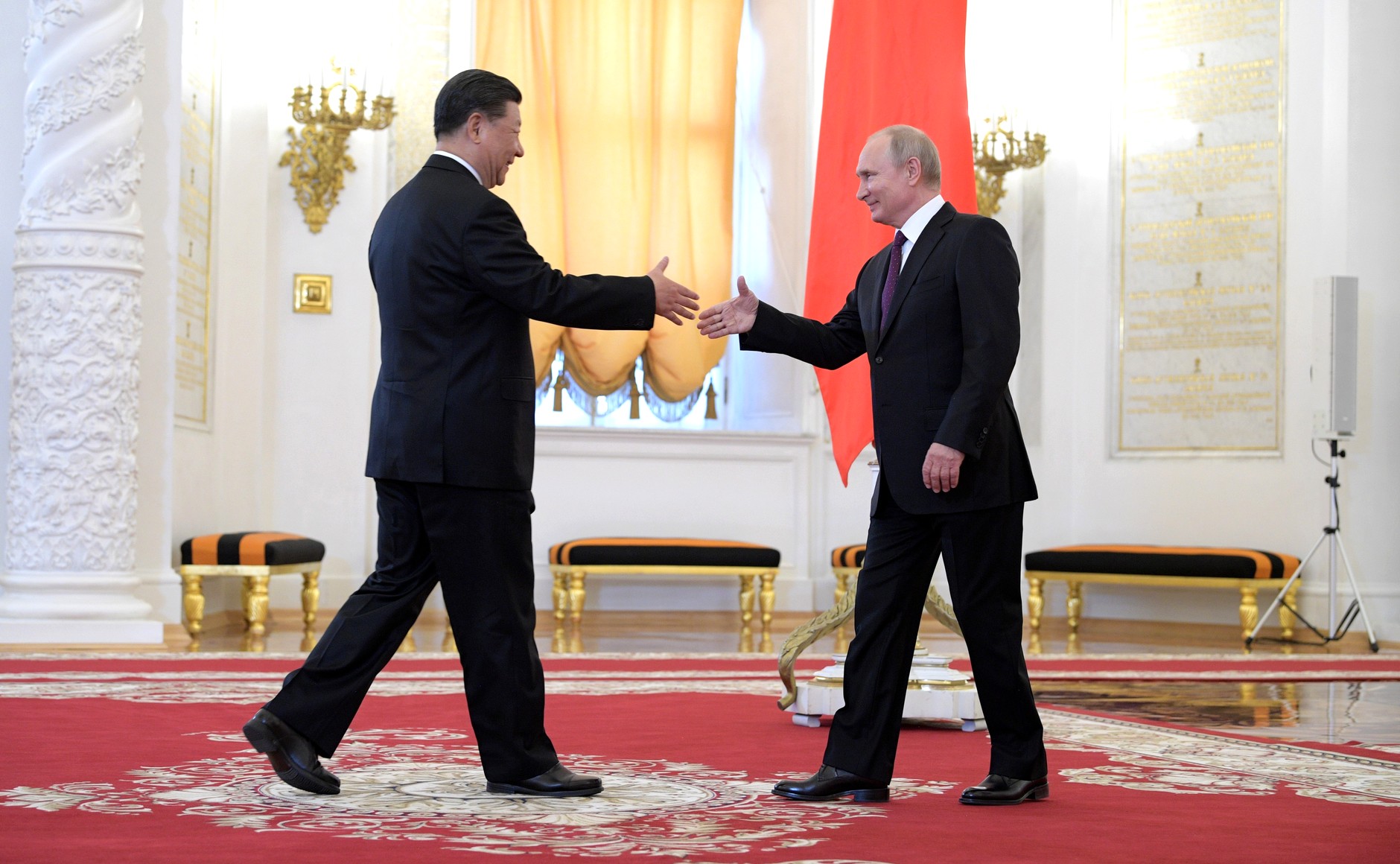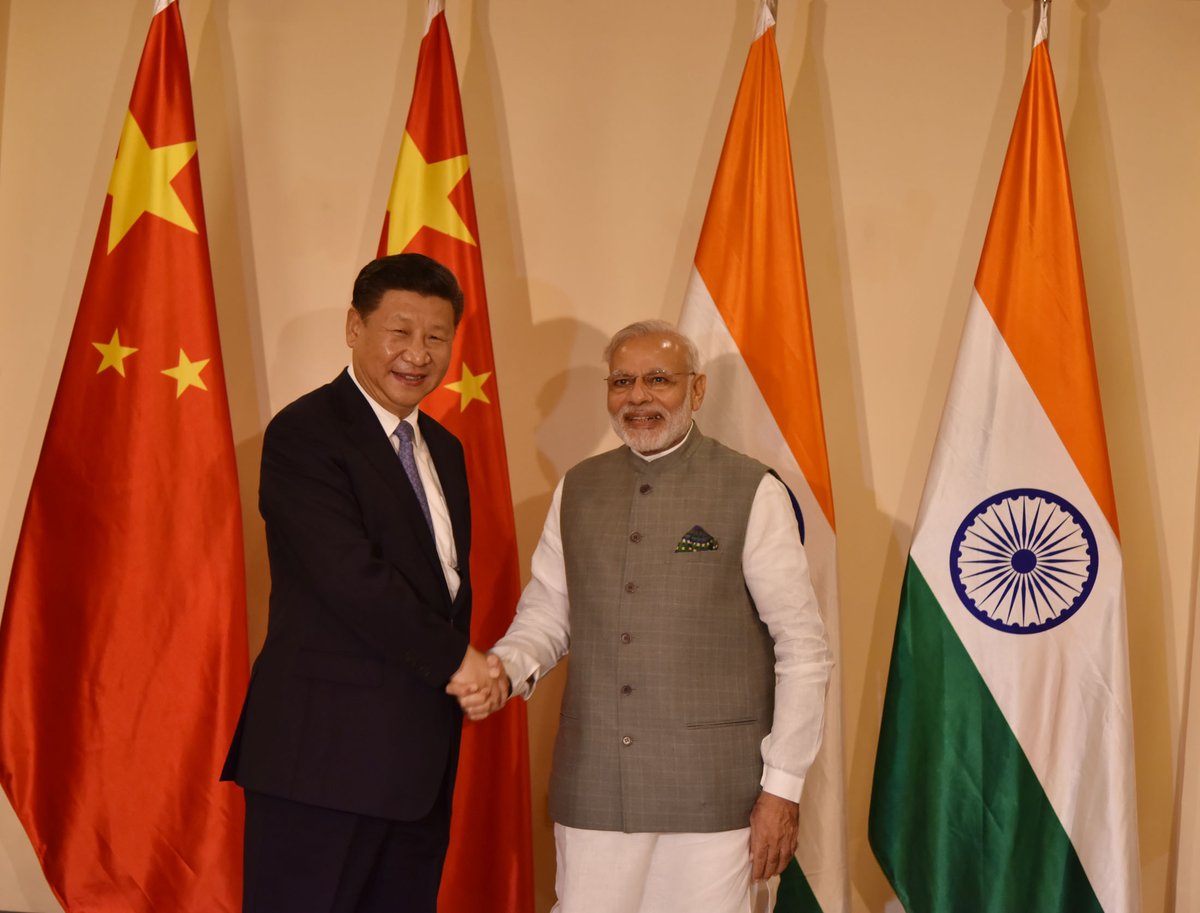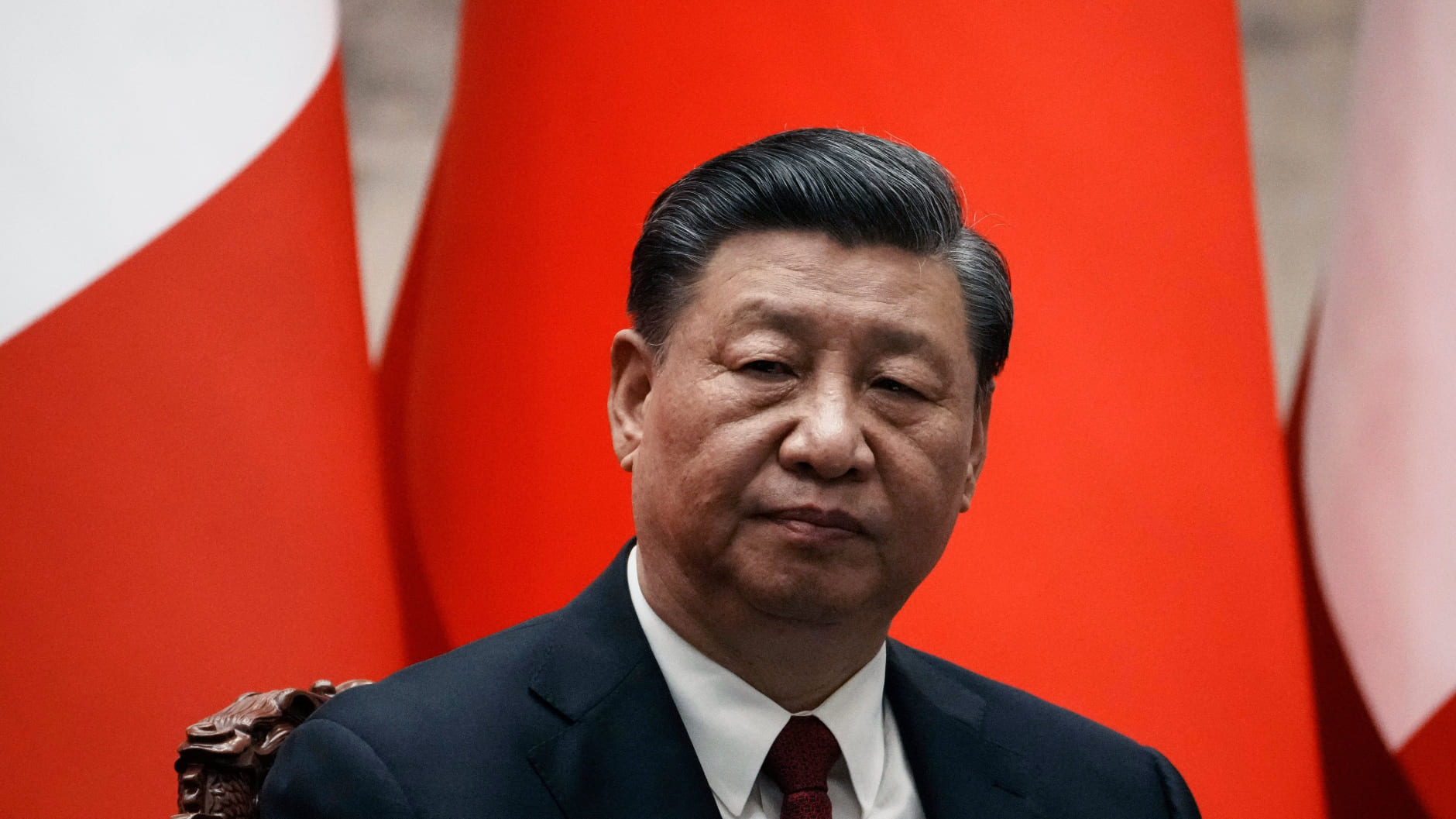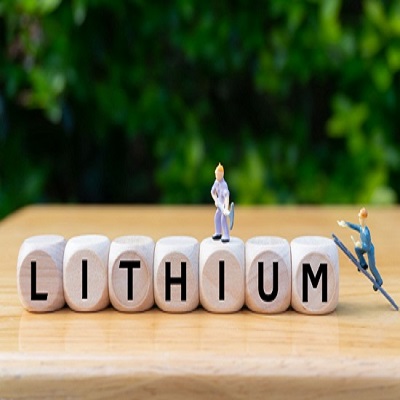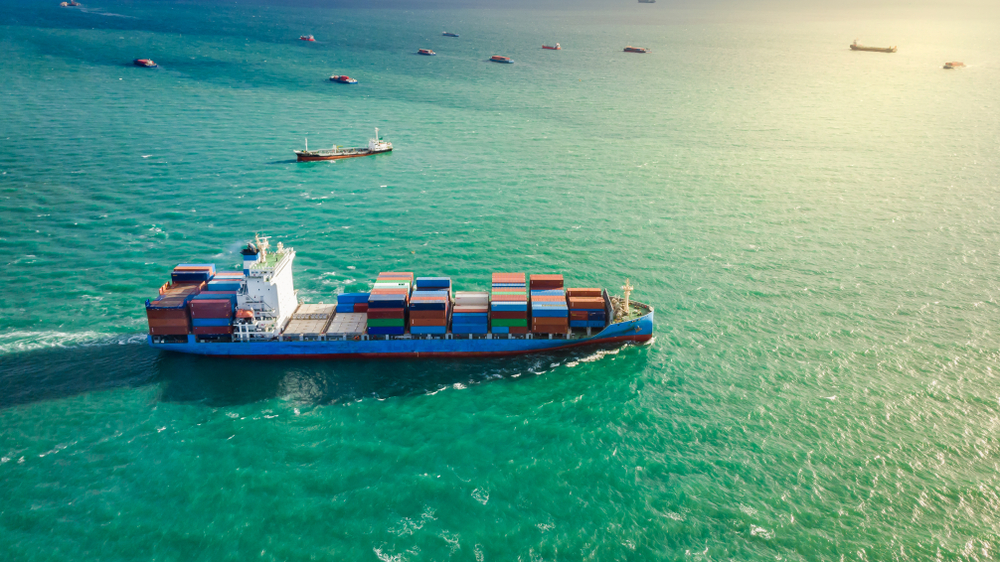
UK joins Asia-Pacific trade bloc
by Marina Strezhneva
At the end of March, the negotiations that started in June 2021 on the accession of the United Kingdom to the Comprehensive and Progressive Agreement for Trans-Pacific Partnership (CPTPP) were successfully concluded, reflecting radical changes in British trade priorities after Brexit. More broadly, this move by London undoubtedly confirms the special importance that the Indo-Pacific region has acquired in the concept of "Global Britain" and in its subsequent relevant updates. The signing ceremony is scheduled for July 2023, for which the trade ministers of the participating countries and the United Kingdom will meet in Auckland (New Zealand). As a result of London's accession, this bloc will surpass the EU in terms of the combined population of its constituent countries. However, unlike the European Union, which the United Kingdom, on the contrary, left, the CPTPP does not have - to the satisfaction of British Eurosceptics - its own court like the EU Court of Justice, or a supranational budget. The union operates as a multinational trade agreement. An important obstacle that hindered reaching an agreement more quickly was London's refusal to weaken national food standards. But in the end, Ottawa (Canada) backed down on calls for London to lift the ban on importing beef with growth hormones. Beijing has also applied for membership in the CPTPP following London (the Chinese application is dated September 16, 2021, but negotiations have not yet begun). However, with London's accession as a full member of the agreement, China's chances of joining the bloc look somewhat weaker, as London is likely to obtain veto power on this issue. It is possible that they will use this veto under the pretext of ensuring higher trade standards within the agreement (including issues related to ecology and food safety). In any case, as It is known, the current British Prime Minister Rishi Sunak refers to China as a "systemic challenge", which London intends to respond to with "dynamic pragmatism." Currently, the CPTPP includes 11 states (Australia, Brunei, Canada, Chile, Japan, Malaysia, Mexico, New Zealand, Peru, Singapore, and Vietnam), none of which are European. These countries collectively account for 13% of global GDP. The new partnership replaced the Trans-Pacific Partnership agreement of 2016 with 12 participants, after former US President Donald Trump withdrew the US from the agreement in 2017. In 2020, the 11 countries of the CPTPP accounted for 8.4% of goods and services exported from the United Kingdom. In turn, 6.8% of imports to the United Kingdom came from these countries. The terms of the Trans-Pacific Partnership eliminate unnecessary barriers to mutual trade of services by opening financial markets and reducing obstacles to cross-border investment, facilitating data exchange, increasing business mobility, and ensuring regulatory transparency. All of this will support the British government's plans to turn the country into a global technology and service hub, strengthen semiconductor and critical mineral supply chains to produce electric vehicles and wind turbines.London already has trade agreements with most members of this trading bloc, but now these relationships can deepen, and 99% of British goods exported to the bloc countries will be subject to zero import tariffs. Tariffs on imports of Peruvian bananas, Vietnamese rice, crab sticks from Singapore, and Malaysian palm oil into the UK will be reduced (this is a controversial issue that has sparked discussion in the UK, as the production of palm oil, as ecologists point out, leads to deforestation of tropical forests). At the same time, according to assessments by the British government itself, joining the CPTPP is expected to add no more than 0.08% per year to the country's economic growth in the long term (while the slowdown in growth due to Brexit is estimated at 4%). Many politicians and trade experts rightfully point out that participation in the Trans-Pacific Partnership is not capable of compensating for the economic losses that the UK is experiencing due to its departure from the EU. Moreover, due to differences in its rules and standards from European regulations, Britain's accession will prevent it from returning to the European Union in case of a change of priorities. In other words, this agreement is like driving an additional wedge into the relationship between London and Brussels, which are just starting to improve. It is worth remembering in this regard that it was Liz Truss, a former trade minister in Boris Johnson's cabinet and one of the main advocates of independence from the EU, who submitted the British application to join the CPTPP. So far, for London, it is not so much a direct economic, but rather a strategic and symbolic acquisition, firstly due to the rapid growth (according to some estimates, up to 65% by 2030) in the number of middle-class consumers in a dynamically developing region, committed to innovation, and secondly, because of the fact that in the foreseeable future, mid-ranking trading powers such as Thailand and South Korea, which have already submitted applications, are planning to join the Trans-Pacific Partnership. Membership in the TPP is becoming more important for Britain due to the unattainability of a large trade agreement with the United States and the crisis in the World Trade Organization, which is currently unable to firmly enforce the rules of global trade. The matter is not limited to trade alone as London's foreign policy is clearly shifting towards the Indo-Pacific region. In this sense, Australia and Japan, concerned about economic pressure from China and its military ambitions, see Great Britain as a natural ally in opposing Beijing. It is assumed that stronger economic ties will lead to the strengthening of geostrategic alliances. Due to the high dependence of countries such as Chile on Beijing, which is the largest trading partner and main investor for Chileans, Britain's participation in the CPTPP, according to London's opinion, will contribute to the establishment of necessary connections that are seen by Britain's partners in the region as an attractive alternative to ties with China.










